As we move firmly into the so-called Anthropocene – an era defined by human-induced global environmental change, neoliberal, consumer capitalism and the unprecedented flow of media, knowledge and communication – how is it that we know about the environment? More specifically: how is it we know about human–environment relationships – those tension-filled, ever-present, often-obscured, but inescapable relationships that are most likely overlain by some form of a market? How do we know about the ecological destruction embedded in these current human–environment relationships? How do we know what to do about the increasingly solid specters of climate change and irretrievable biodiversity losses as well as the ordinarily polluted cities and fields many live in and count on for survival?
As we and the authors of this special issue of Environmental Communication contend, given the growing prominence of media and celebrity in environmental politics, we now increasingly know about the environment through different forms, processes and aspects of the spectacle and, in particular, the spectacular environments of a progressively diverse media-scape. Moreover – and forming the core focus of this issue – we argue that we are more and more being told about how to “solve” ecological problems through spectacular environmentalisms: environmentally-focused media spaces that are differentially political, normative and moralized and that traverse our everyday public and private lifeworlds.
The contributions published here derive from a series of UK-based Arts and Humanities Research Council (AHRC) Research Network-funded seminars and our own research projects. Hailing from a range of different disciplines including geography, media and cultural studies, environmental science, anthropology, sociology and development studies, we came together to try to better understand the relationships amongst spectacular forms of media and environmental issues. Initially prompted by the editors’ interests in celebrity politics in the context of global humanitarianism (Brockington, 2014 Brockington, D. (2014). Celebrity advocacy and international development. London: Routledge.; Goodman, 2010 Goodman, M. K. (2010). The Mirror of consumption: Celebritization, developmental consumption and the shifting cultural politics of fair trade. Geoforum, 41, 104–116. doi: 10.1016/j.geoforum.2009.08.003[CrossRef], [Web of Science ®]; Goodman & Barnes, 2011 Goodman, M. K., & Barnes, C. (2011). Star poverty space: The making of the “development celebrity”. Celebrity Studies, 2(1), 69–85. doi: 10.1080/19392397.2011.544164[Taylor & Francis Online]; Littler, 2008 Littler, J. (2008). “I feel your pain”: Cosmopolitan charity and the public fashioning of the celebrity soul. Social Semiotics, 18(2), 237–251. doi: 10.1080/10350330802002416[Taylor & Francis Online]), philanthrocapitalism (Goodman, 2013 Goodman, M. K. (2013). Celebritus politicus: Neo-liberal sustainabilities and the terrains of care. In G. Fridell & M. Konings (Eds.), Age of icons: Exploring philanthrocapitalism in the contemporary world (pp. 72–92). Toronto: Toronto Press.; Littler, 2009 Littler, J. (2009). Radical consumption: Shopping for change in contemporary culture. London: Open University Press., 2015 Littler, J. (2015). The new Victorians: Celebrity charity and the demise of the welfare state. Celebrity Studies, 6(4), 471–485. doi: 10.1080/19392397.2015.1087213[Taylor & Francis Online], [Web of Science ®]) and the environment (Boykoff & Goodman, 2009 Boykoff, M. T., & Goodman, M. K. (2009). Conspicuous redemption? Reflections on the promises and perils of the “celebritization” of climate change. Geoforum, 40, 395–406. doi: 10.1016/j.geoforum.2008.04.006[CrossRef], [Web of Science ®]; Boykoff, Goodman, & Curtis, 2009 Boykoff, M. T., Goodman, M. K., & Curtis, I. (2009). Cultural politics of climate change: Interactions in everyday spaces. In M. Boykoff (Ed.), The politics of climate change: A survey (pp. 136–154). London: Routledge/Europa.; Boykoff, Goodman, & Littler, 2010 Boykoff, M., Goodman, M., & Littler, J. (2010). Charismatic megafauna’: The growing power of celebrities and pop culture in climate change campaigns. Environment, Politics and Development Working Paper Series, WP#28, Department of Geography, King’s College London. Retrieved from http://www.kcl.ac.uk/sspp/departments/geography/research/Research-Domains/Contested-Development/BoykoffetalWP28.pdf; Brockington, 2008 Brockington, D. (2008). Powerful environmentalisms: Conservation, celebrity and capitalism. Media, Culture and Society, 30(4), 551–568. doi: 10.1177/01634437080300040701[CrossRef], [Web of Science ®], 2009 Brockington, D. (2009). Celebrity and the environment. London: Zed Books.; Goodman & Littler, 2013 Goodman, M., & Littler, J. (2013). Celebrity ecologies: Introduction. Celebrity Studies, 4, 269–275. doi: 10.1080/19392397.2013.831623[Taylor & Francis Online]) – as well as by key media and environment texts by those in our network (Anderson, 2014 Anderson, A. (2014). Media, environment and the network society. London: Palgrave Macmillan.[CrossRef]; Doyle, 2011 Doyle, J. (2011). Mediating climate change. Aldershot: Ashgate.; Hansen, 2010 Hansen, A. (2010). Environment, media and communication. London: Routledge.; Lester, 2010 Lester, L. (2010). Media and environment. Cambridge: Polity Press.; Maxwell & Miller, 2012 Maxwell, R., & Miller, T. (2012). Greening the media. Oxford: Oxford University Press.) – our collective conversations ranged across the multiplicity of meanings produced through environmental mediation, the role of media industries in ecological politics, pro-environmental celebrity promotion, anti-environmental greenwashing, the locations of agency in environmental change and the psychosocial affective dis/connections with more-than-human natures.
Put another way, our interests lie in critically examining the contemporary cultural politics of the environment – those contested processes by which environmental meanings are constructed and negotiated across space, place and at various scales which, in this case, involve assemblages of science, media, culture, environment and politics. As the contributions to this issue demonstrate, these assemblages involve not only the “clear and present” spectacle-ized representations that gain traction in diverse media discourses, but also the many reverberations, feedbacks – and crucially – silences that heavily inform affective relationships with the environment. Interrogating the mediated features of spectacular environmentalisms through its solid and more ghostly forms—both of which are bound to positionalities, material realities and social practices (Hall, 1997 Hall, S. (Ed.). (1997). Representation: Cultural representation and signifying practices. Thousand Oaks, CA: Sage.) – illuminates questions of how power and influence infuse the constructions of varied environmental knowledges, norms, conventions and “truths.” In short, these politicized media processes influence a range of equally politicized ways of seeing, being with and relating to diverse environments through the tethering of the spectacular to the discourses and practices of the everyday (de Certeau, 1984 de Certeau, M. (1984). The practice of everyday life (S. Rendall, Trans.). Berkeley: University of California Press.; Cox & Pezzullo, 2015 Cox, R. J., & Pezzullo, P. (2015). Environmental communication and the public sphere (4th ed.). Thousand Oaks, CA: Sage.; Foucault, 1980 Foucault, M. (1980). Power/knowledge. New York, NY: Pantheon.). Read more …
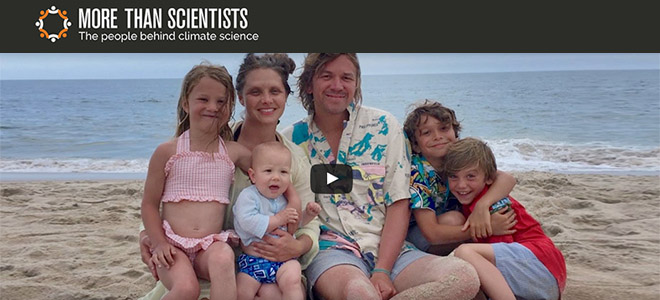


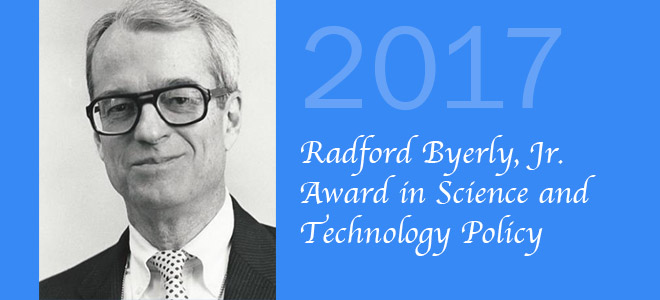

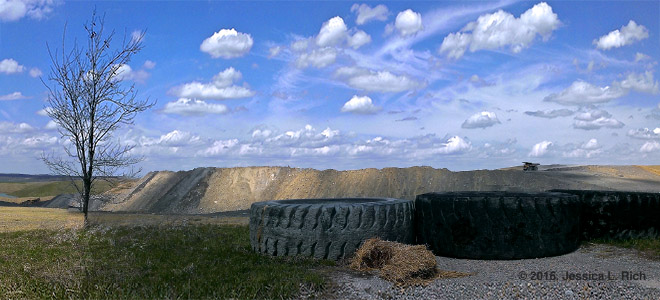
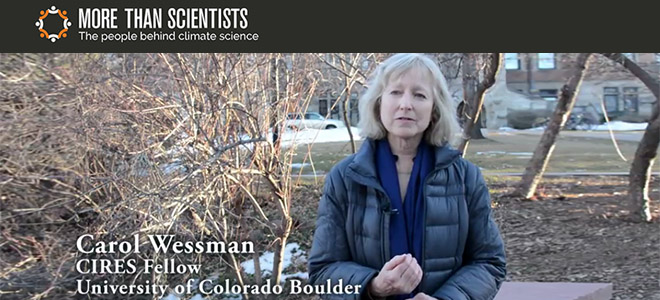


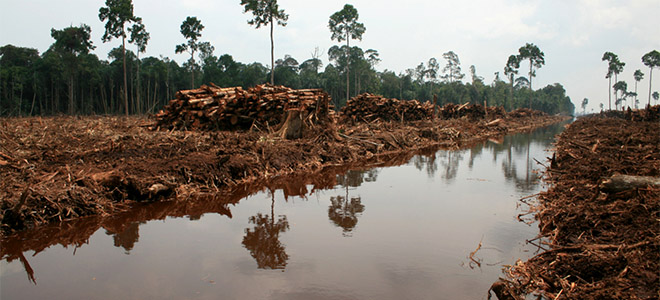

Jeff O’Neil, Legislative Assistant to US Congressman Ed Perlmutter
Augusto González has joined CSTPR through December 2016 while he is on an EU Fellowship from the European Commission in Brussels. Below is a portion of a blog post from Augusto’s Exploring Space Commercialisation in Colorado Blog.
Congressman Ed Perlmutter (Colorado) is a staunch advocate of space development and, notably, space exploration. He is a vocal proponent of Mars exploration and is leading a quest for human travel to Mars to take place in 2033 – a year in which planetary alignment would make the trip significantly shorter.
Congressman Perlmutter has a long record of fighting for the space sector and space programmes. When the Constellation programme was shelved, he spearheaded efforts to ensure the survival of Orion Multi-purpose Crew Vehicle, whose prime contractor is Lockheed Martin, a company with a strong presence in Colorado. He has also been active on regulatory issues, where the main preoccupation is that regulations meet the standards needed to keep up with industry development and that industry has the necessary legal certainty to conduct their businesses.
In Jeff’s opinion “commercial space” is a misnomer. U.S. space manufacturing companies are all commercial. However, most of these companies have traditionally done most of their work under federal government contracts. Therefore, speak of commercial space does not necessarily convey a clear idea of what is it that the expression actually refers to.
Clearly government investment in ISS – be it cargo or crew space transportation – is a powerhouse that enables the space companies growth. In Jeff’s opinion, Space X is no more commercial than Lockheed Martin or Boeing which have been traditional contractors for NASA. If dependence on federal government funding is what defines whether a space activity is commercial, there are companies that may be considered as more truly “commercial” than those mentioned before.
When looking into space activities one has to recognise that there are very different types of industries. Launcher industry is very specific and likely to remain closely connected to Federal government funding. Companies that seek to develop exclusively or primarily commercial business models, i.e. companies whose existence is not determined by or dependent on government funding, are in a different category. These companies are confronted with a different set of issues than those for which government funding is an essential lifeline. It may be necessary to see if there is a need for regulatory adaptations to cater for those differences. Read more …